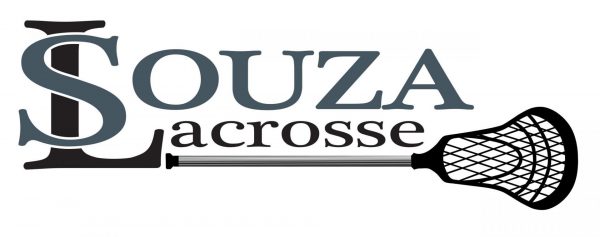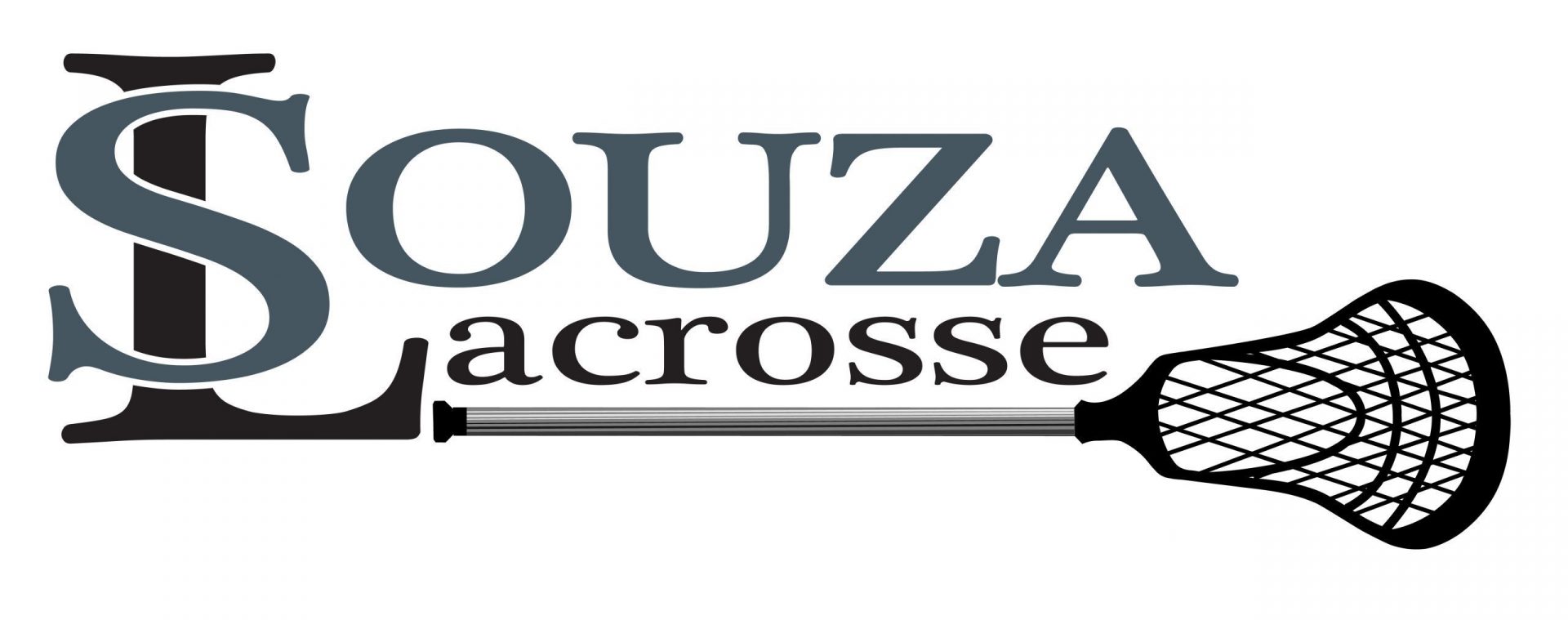Lacrosse—a dynamic blend of speed, precision, and strategy—has seen the evolution of different offensive systems. In this landscape, the motion offense emerges as a key player in the success of many top teams teams such as Maryland, Penn State, Duke, and more. So, why is motion offense a go-to for most lacrosse teams? Let’s delve into the ideas that make this concept a crucial element of the sport.
Mastering Motion: The Crucial Role of a Motion Offense in Lacrosse
1. Dynamic Fluidity—
At the core of a motion offense is its dynamic fluidity. Unlike set plays that follow a predetermined sequence, a motion offense thrives on constant movement, creating a living, breathing entity on the court. Players seamlessly transition between positions, presenting a challenge for defenses to anticipate and adapt to the ever-changing landscape. This fluidity allows for a more unpredictable and adaptable offensive strategy.
2. Player Autonomy and Decision-Making—
One of the key reasons teams embrace motion offenses is to empower players with autonomy and decision-making responsibilities. In this system, players are not confined to rigid roles; instead, they read the defense, make intelligent cuts, and create scoring opportunities based on real-time assessments. This fosters a sense of ownership among players and enhances their lacrosse IQ. This prepares them for the spontaneous nature of the game.
3. Defensive Disruption—
Motion offenses are designed to disrupt and exploit defensive structures. Through constant player movement, picks and screens, and off-ball actions, the offense aims to create defensive mismatches and exploit gaps in coverage. This not only leads to higher-percentage scoring opportunities but also puts significant pressure on opposing defenses. Then…it forces them to make quick decisions and adjustments.
4. Team Cohesion and Communication—
Teaching a motion offense is synonymous with cultivating team cohesion and communication. Players must develop a deep understanding of each other’s movements and intentions. In doing so, it fosters a level of on-the-field chemistry that is crucial for success. Effective communication becomes the lifeline of a motion offense, as players relay information about cuts, screens, and open opportunities in real-time.
5. Skill Development and Versatility—
A motion offense places a premium on player skills and versatility. Athletes engaged in constant motion must be proficient in shooting, passing, catching, and reading the game. This emphasis on all-around skill development not only enhances individual player capabilities but also makes the team more adaptable. Yes, more adaptable to different defensive strategies and game scenarios.
6. Sustainable Success—
Coaching a motion offense is an investment in sustainable success. While set plays may yield short-term gains, a motion offense equips teams with a strong foundation that can withstand the test of time. Players who have mastered the principles of motion offense are better equipped to adapt to different coaching styles, offensive systems, and competitive levels as they progress in their lacrosse careers.
In essence, the popularity of motion offenses in lacrosse is attributed to their ability to cultivate a dynamic, adaptable, and player-centric playing style. As teams strive for success on the field, the motion offense emerges as a timeless strategy. It’s seamlessly integrating the distinct talents of players into an unified display of lacrosse skills. With Souza Lacrosse’s 4-2 Motion Offense, Coaches are armed with the essential tools to effortlessly implement an exciting motion offense into their program.
“Mastering Motion: The Crucial Role of a Motion Offense in Lacrosse”

